

"We will never have LCD screens - they will need too many connectors"
"Vector graphics are the future; raster graphics need too much memory"
"Full audio on computers will need too much bandwidth"
"Digital photography will never replace film"
"Moore's Law hasn't got much longer to go" (1977, 1985, 1995, 2005)
We all know this one. But often people don't understand its true effects.
Take a piece of paper, divide it in two, and write this year's date in one half:
Now divide the other half in two vertically, and write the date 18 months ago in one half:
Now divide the remaining space in half, and write the date 18 months earlier (or in other words 3 years ago) in one half:
Repeat until your pen is thicker than the space you have to divide in two:
This demonstrates that your current computer is more powerful than all other computers you have had put together (and the original Macintosh (1984) had tiny amounts of computing power available.)

In the 1980's the most powerful machines were Crays
And people used to say "One day we will all have a Cray on our desks!"
Sure: in fact current workstations are about 120 Craysworth.
Even my previous mobile phone was 35 Craysworth...

What is less well-known is that bandwidth is also growing exponentially at constant cost, but the doubling time is 1 year!
(Actually 10½ months according recently to an executive of one of the larger suppliers)
Put another way, in 7 years we could have 1 Gigabit connections to the home.

CHI Conference, I normally go, but by chance not this year.
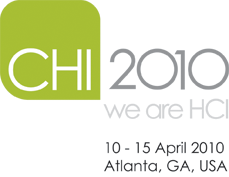
KPN manager: I send my engineers to all the telecom conferences, but CHI is the one where they come back with the answers from.
Great kenot on heads-up displays in jet fighters in 1995 (?)
Thanks to the ash plume: everyone from Europe is still there.
I was the conference co-chair of CHI 97
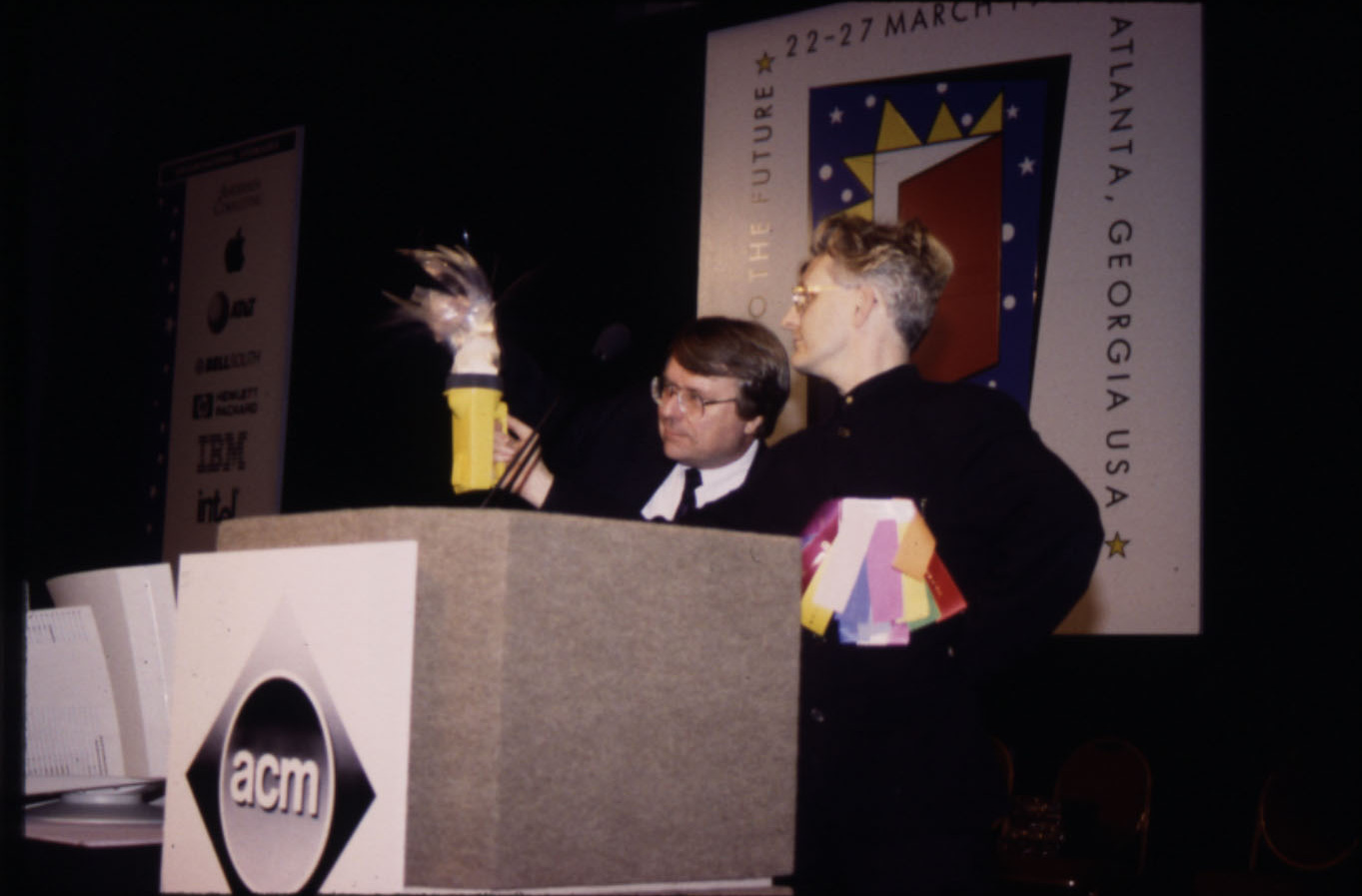
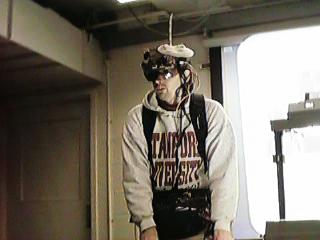
(Taken with the first commercial non-professional digital camera, released the year before. Only QVGA, and terrible photographic quality. Good to see how far we've come)
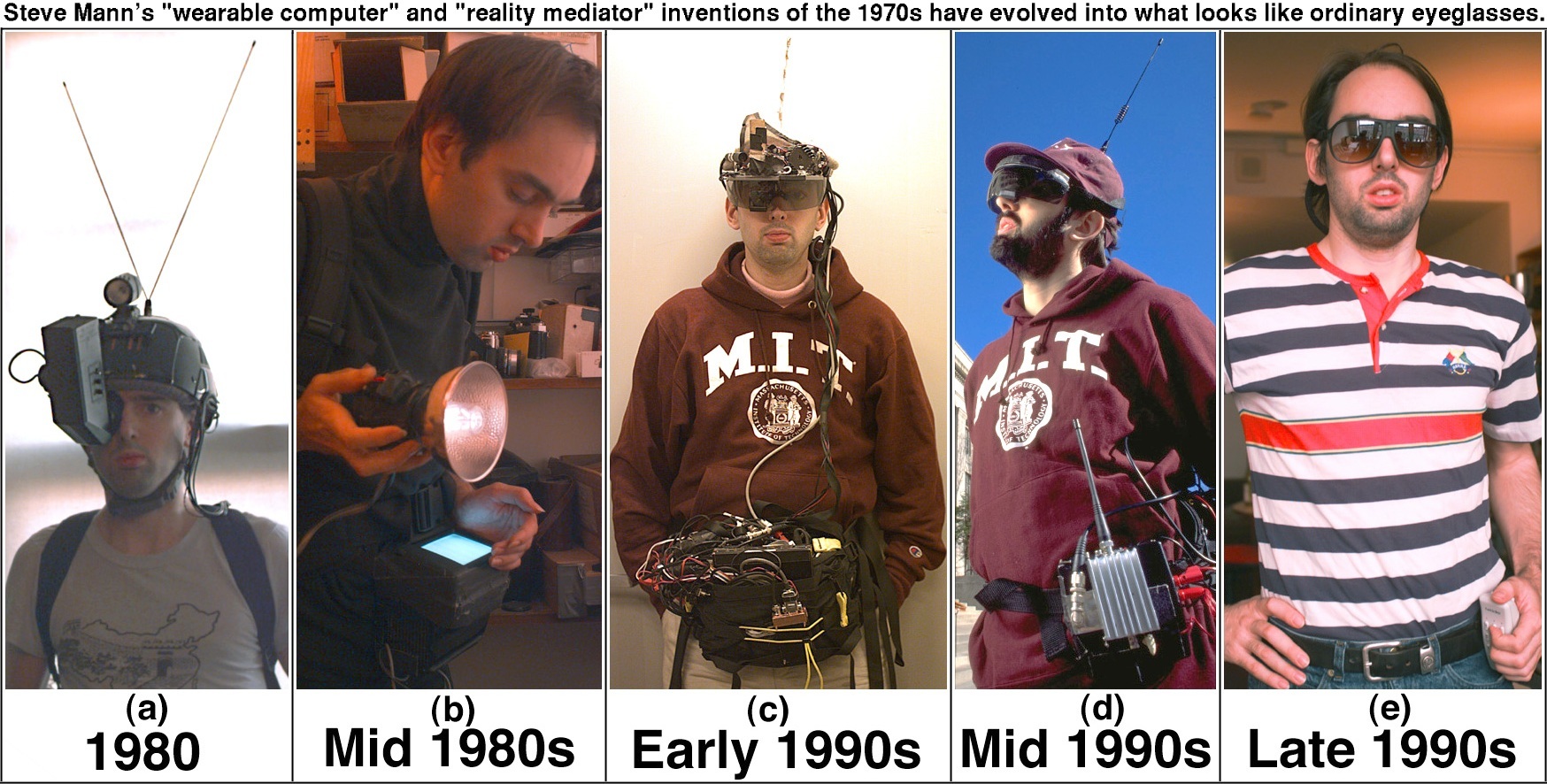
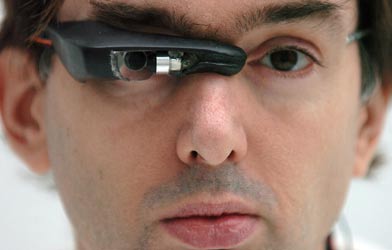
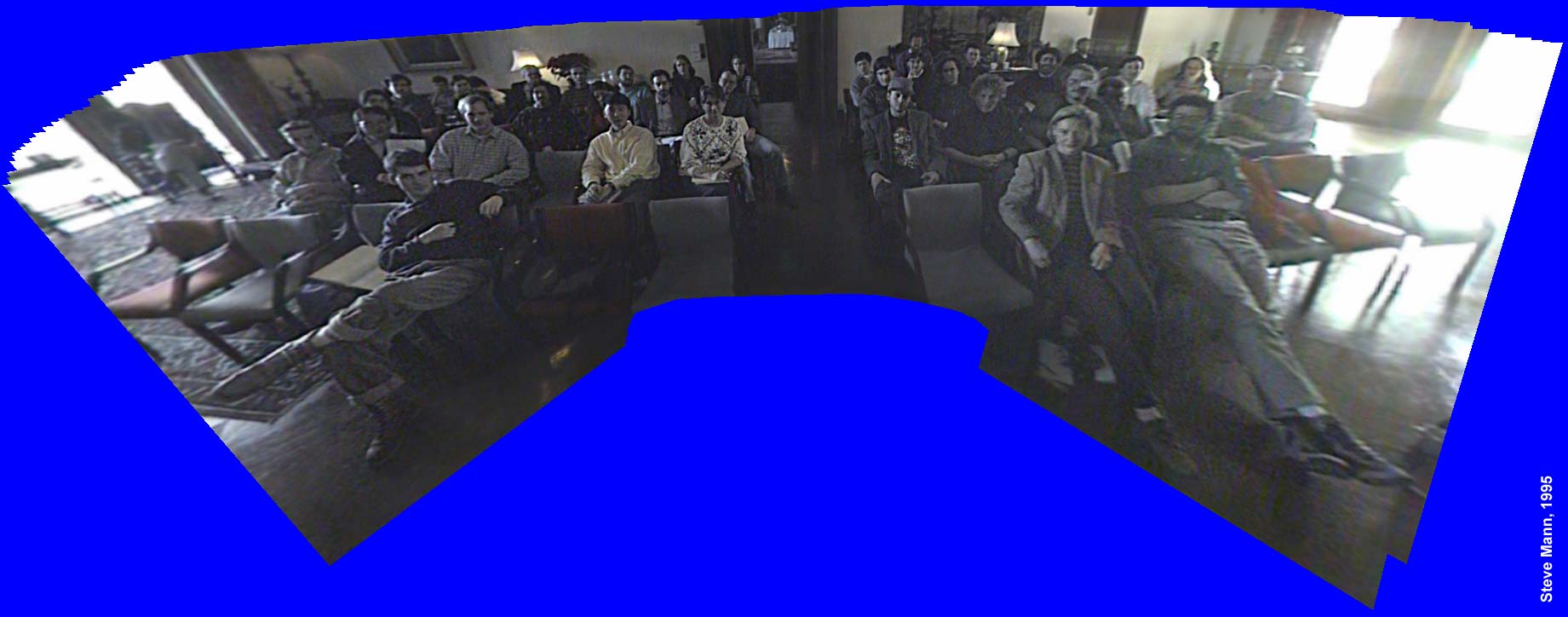
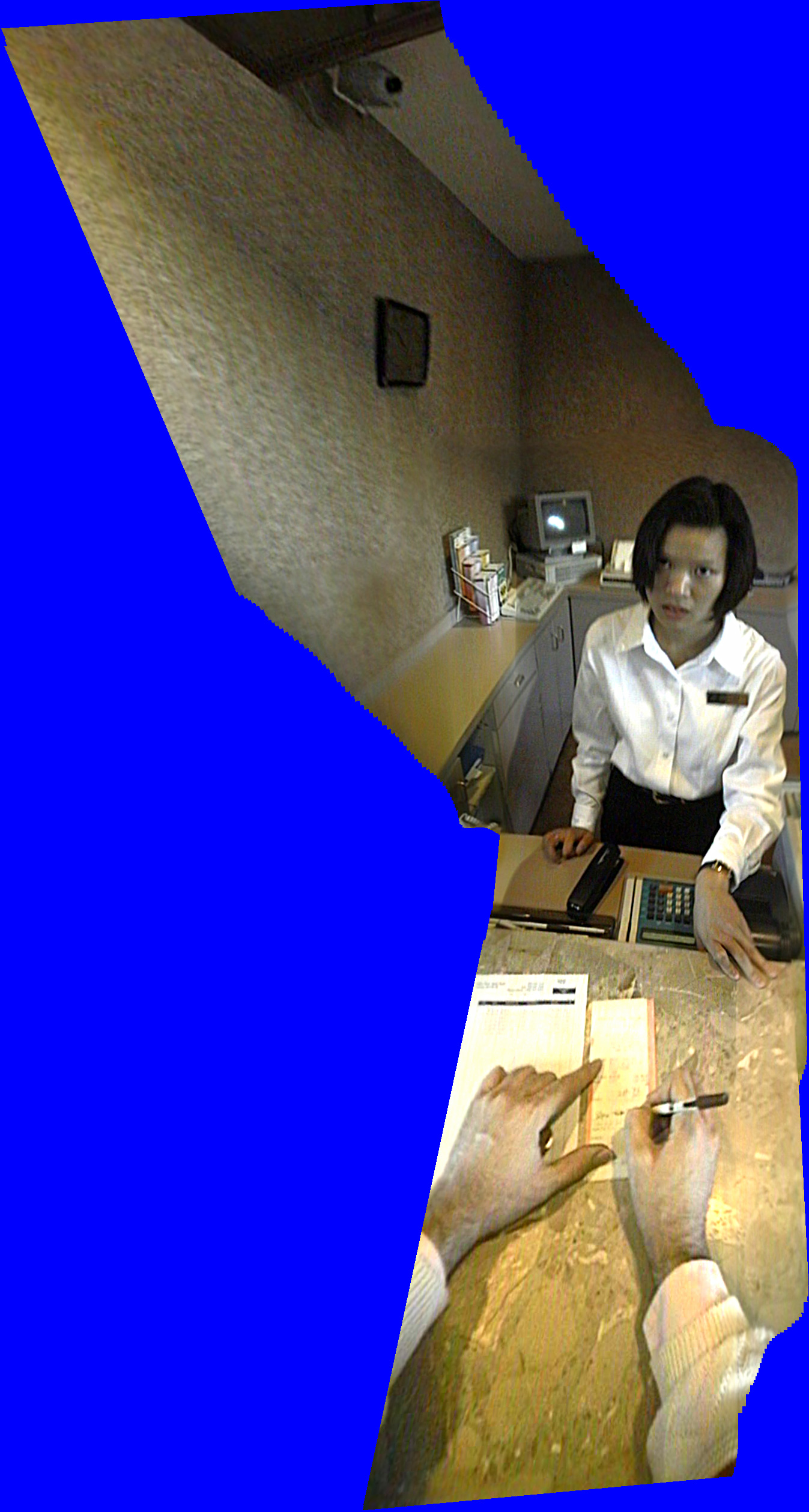
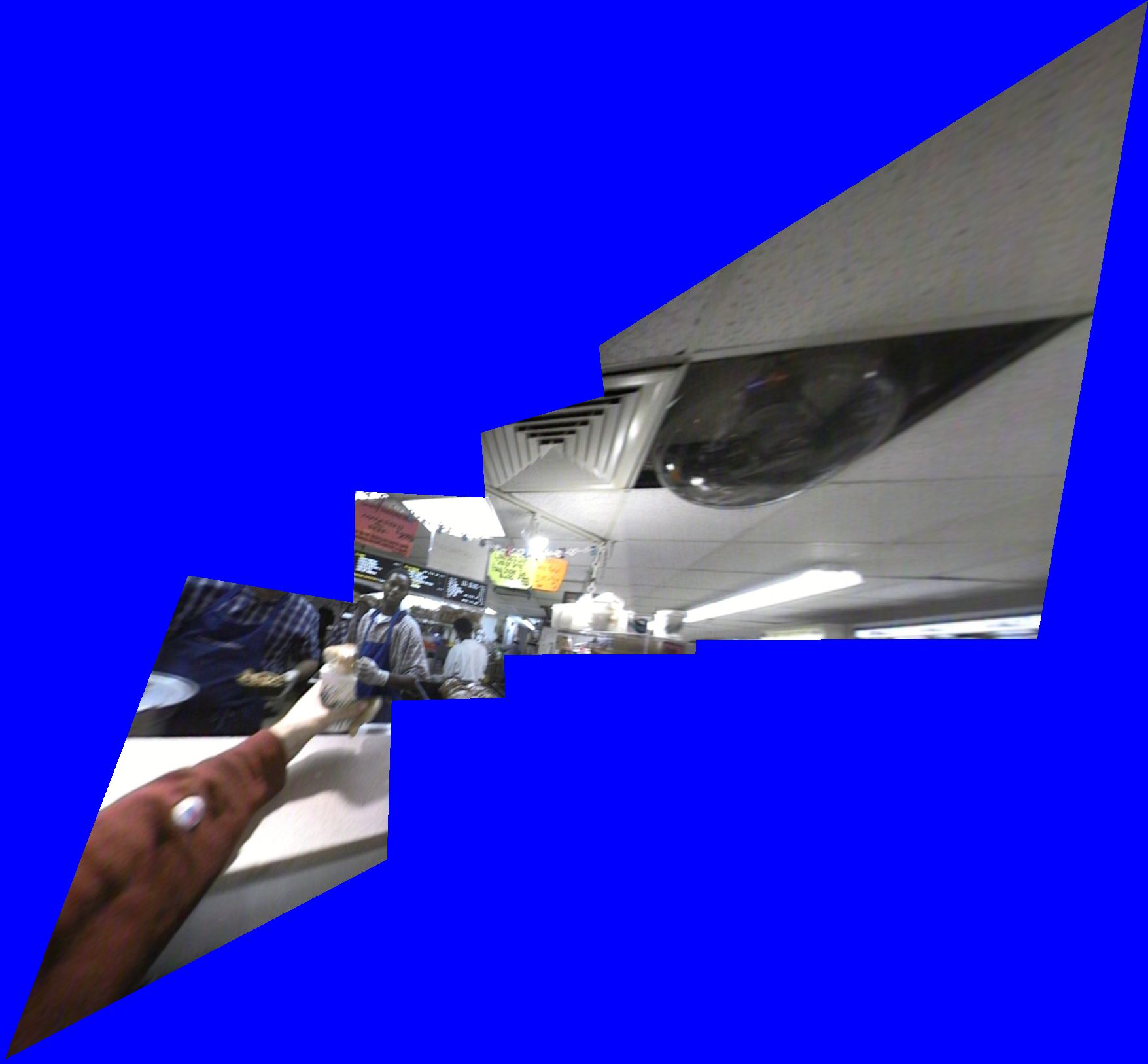
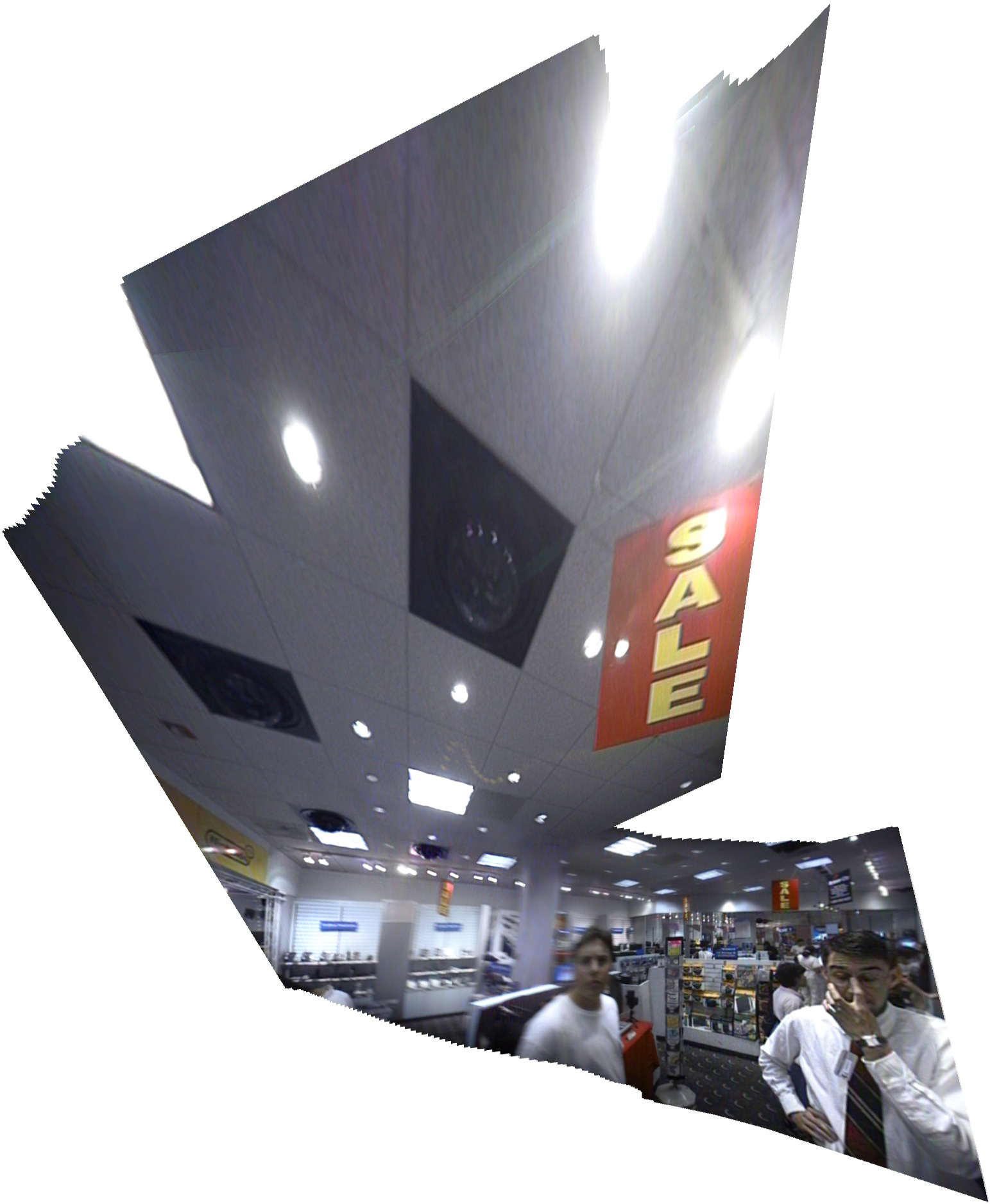
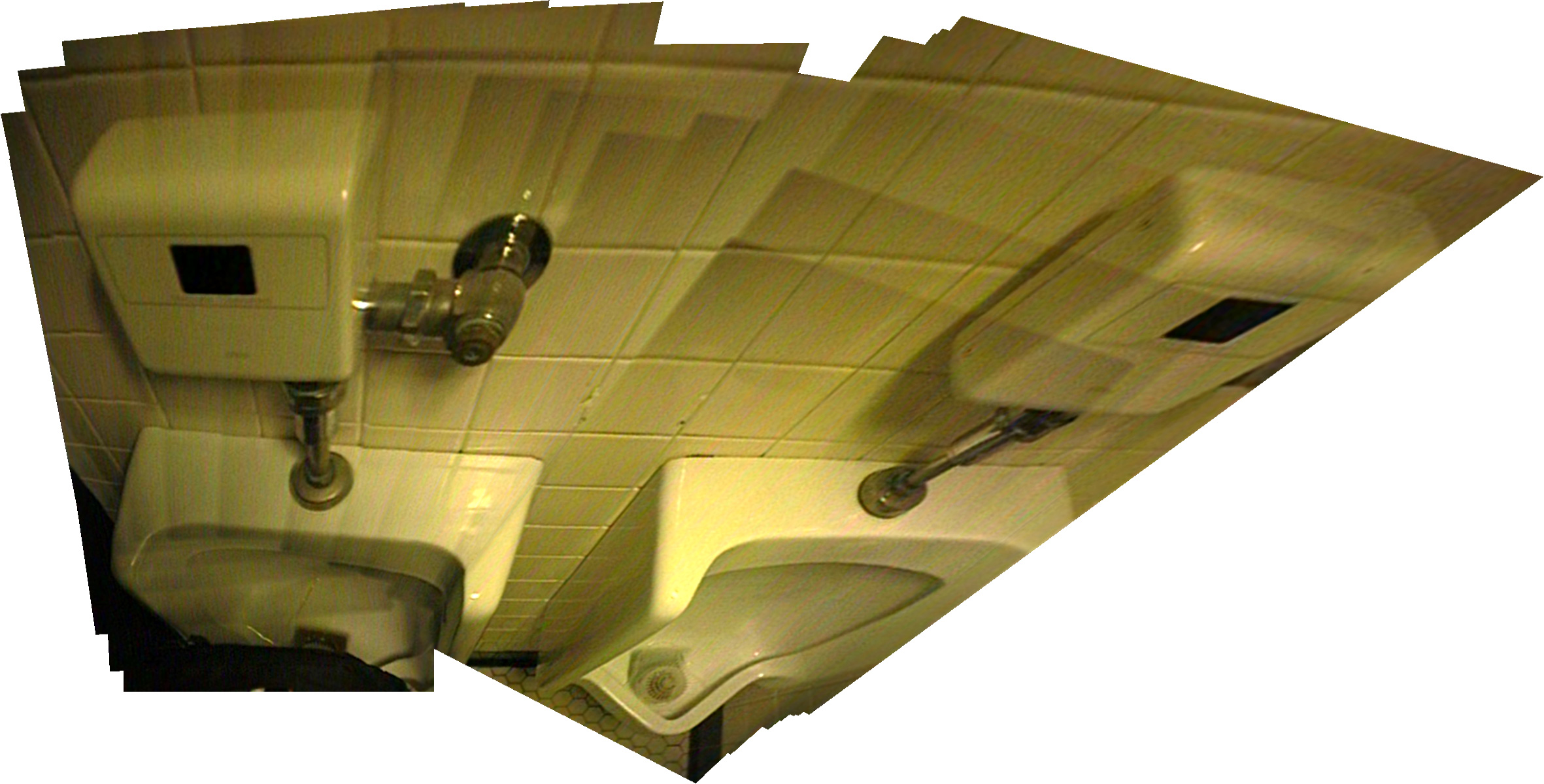
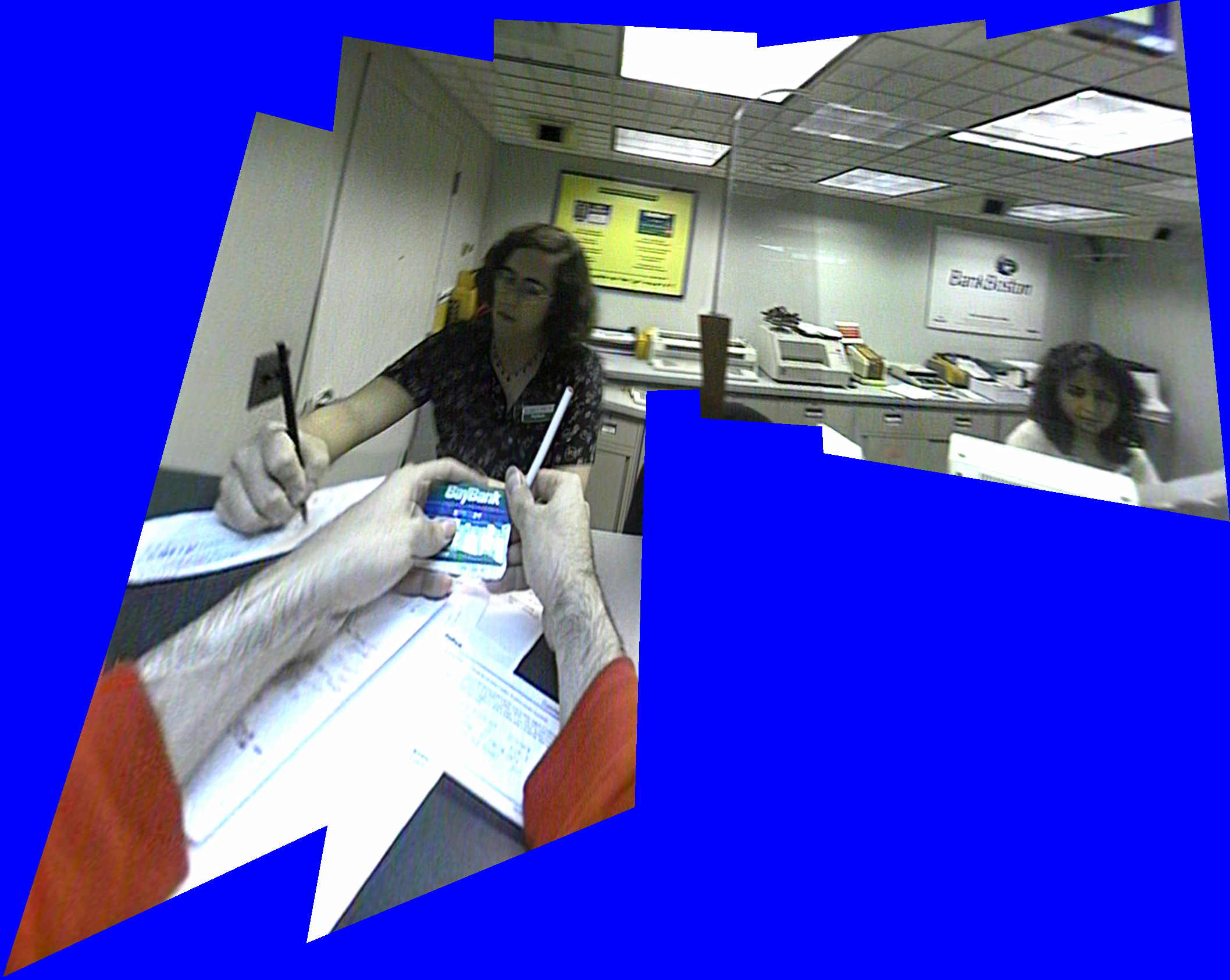
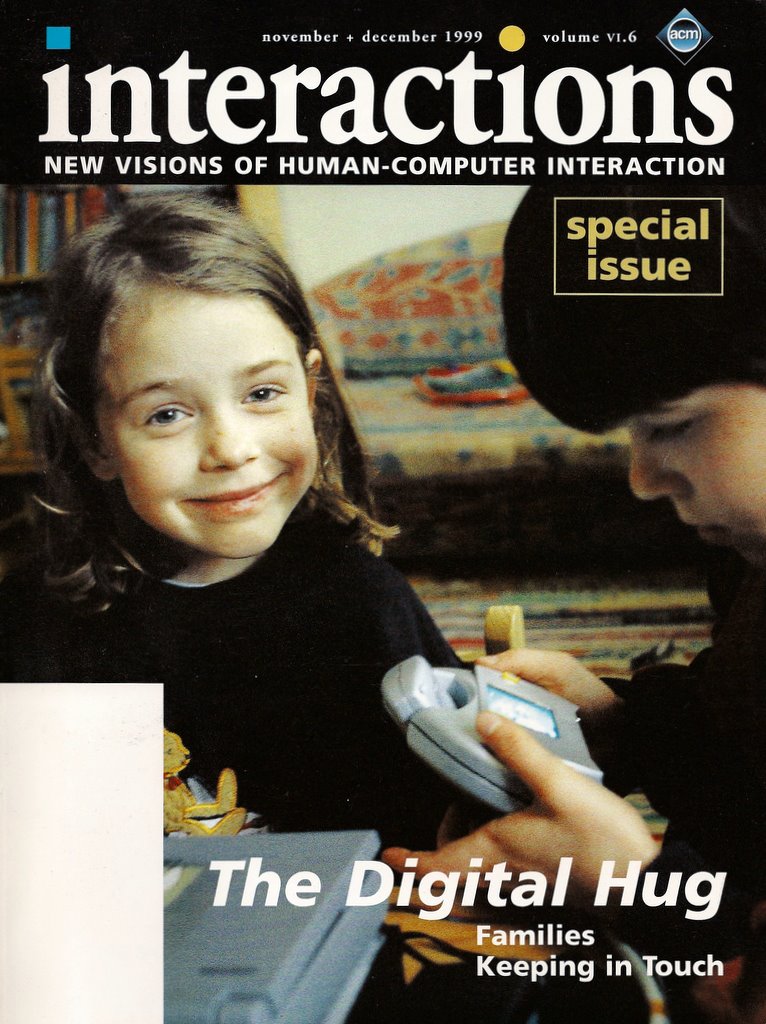
I was editor-in-chief of this for the best part of a decade. This issue from 1999 (three years before the first commercial camera-phone) was my favourite: a study on how people would use mobile phones if they had cameras in them.

The backpack contains all the electronics that would be in the real mobile phone.
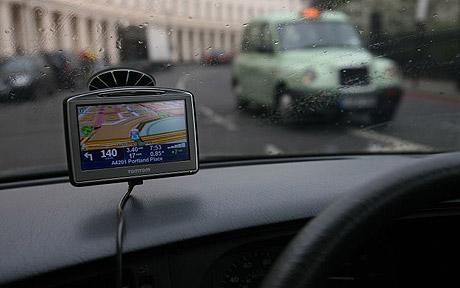
Satnav is the most common form of AV at the moment.
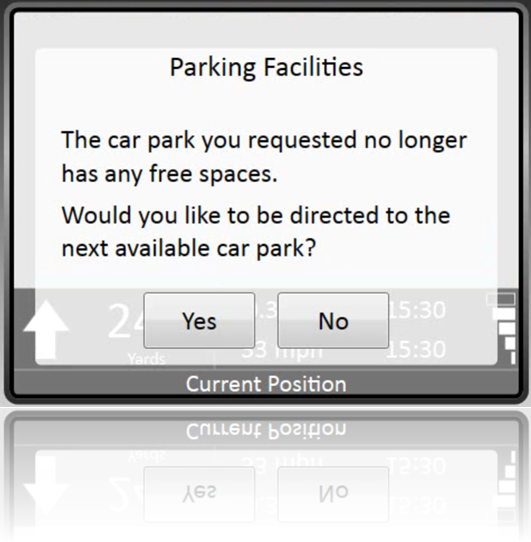
If you are lucky, it even has live data.
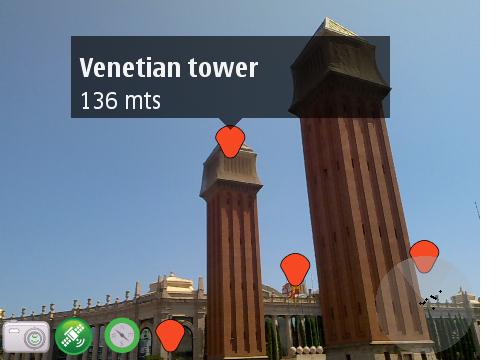
Emerging forms of AR seem to use mobile phones - leverage of the fact that people already have them. This is ARound.
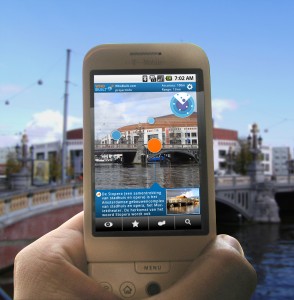
This is Layar
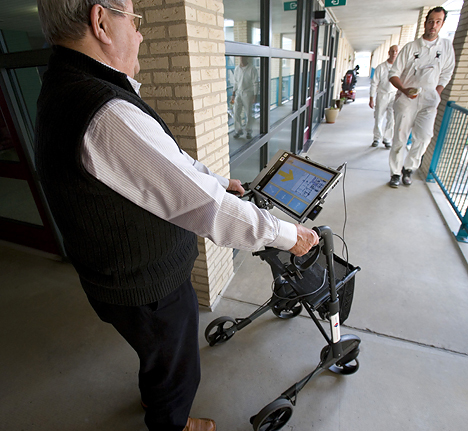
AR can also be useful for assistive purposes.
Data, data, data: You've got your reality, where are the augmentations going to come from?
And you don't want to publish your data multiple times (like RSS)
Contains loads of information that is useful when in Amsterdam. If it were machine readable, an aggregator could use it to assemble information about Amsterdam for other uses.
Like CSS, which adds a layer of markup to influence presentation, RDFa adds a small layer of markup that adds semantics to documents.
Now a browser can know more about the page you are looking at.
If you are looking at a page about an event, the browser could offer to
etc.
RDFa can also help search engines, and even allow the creation of new sorts of 'aggregators'.
RDF is a very simple framework for representing data.
Much more flexible than other storage forms.
Linked data.
One of the reasons this is good comes from Metcalfe's Law
Metcalfe proposes that the value of a network is proportional to the square of the number of nodes.
v(n)=n2
 Simple maths shows that if you split a
network into two, it halves the total value:
Simple maths shows that if you split a
network into two, it halves the total value:
(n/2)2 + (n/2)2 = n2/4 + n2/4 = n2/2
This is why it is good that there is only one email network, and bad that there are so many Instant Messenger networks. It is why it is good that there is only one World Wide Web. It is why you don't want unlinked silos of data.
Each entry has three pieces of information:
E.g.: [Roses-Cantina] [Cuisine] ["Mexican"]
The first two of these are always URIs. The third is a URI or literal.
RDF can be represented in many ways
Roses-cantina {Cuisine: "Mexican"}
We don't care; it's the data that matters.
Are collections of properties over a subject area (for instance restaurants, recipes, reviews, events).
There is an emerging set of standard ontologies.
There are ways of expressing the relationships between different ontologies.
Properties in different collections are uniquely identified:
committee:chair furniture:chair
Is just another way of representing RDF-based data.
The 'a' stands for attributes, since RDFa uses attributes to signal data.
<p typeof="service:restaurant"> <strong property="service:name">Rose's Cantina</strong> <span property="address:street">Regulierdwarsstr 38</span> <a property="address:phone" href="tel:+31206259797">6259797</a>
(The ontologies used here are made up, for the sake of simplicity)
<span property="restaurant:cuisine"
content="cookery:mexican">Mexican</span>
Language independent
Allows cuisines to have properties as well.
<p about="cookery:mexican">As the name suggests, Mexican cuisine originates from <span property="ont:origin">Mexico</a> </p>
Beginning to be widely used: BBC, Governments, Google, Yahoo, Tesco, Best Buy:
"GoodRelations + RDFa improved the rank of the respective pages in Google tremendously …
30% (!) increase in traffic …
Yahoo observes a 15% increase in the Click-through-Rate …”
AR needs data to work with.
Linked data is the future; islands of data are bad.
RDF supplies a good model for linked data
RDFa allows you to leverage existing content